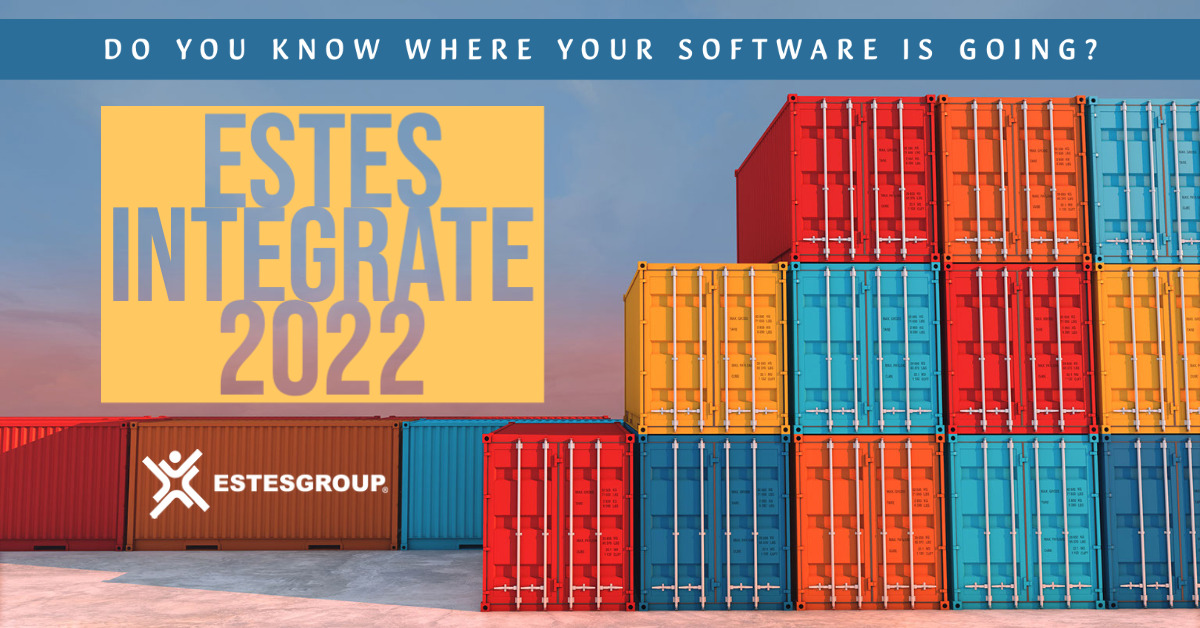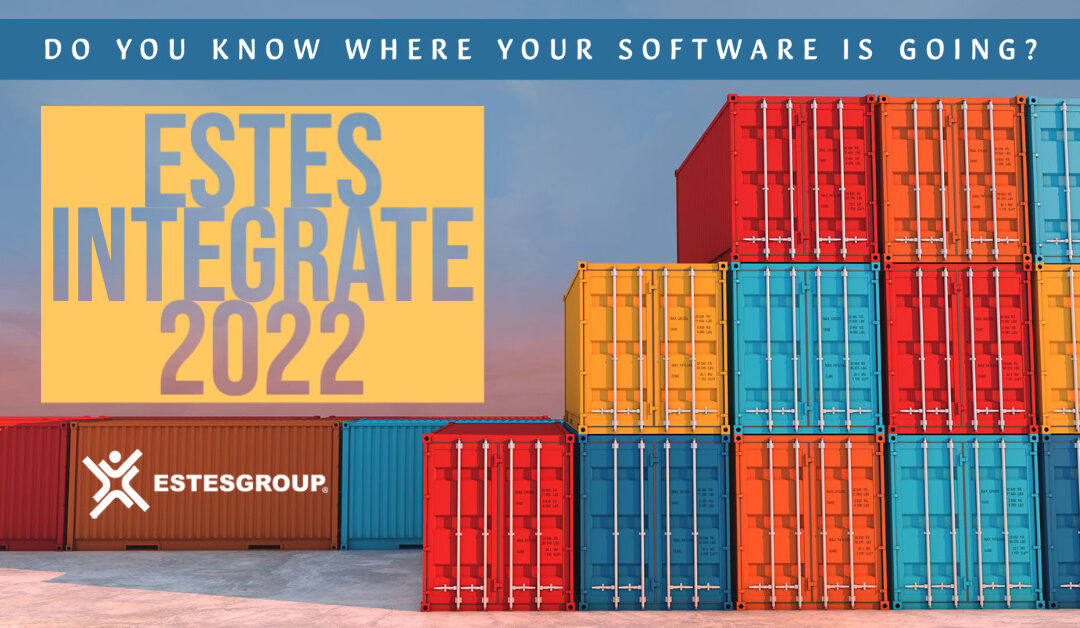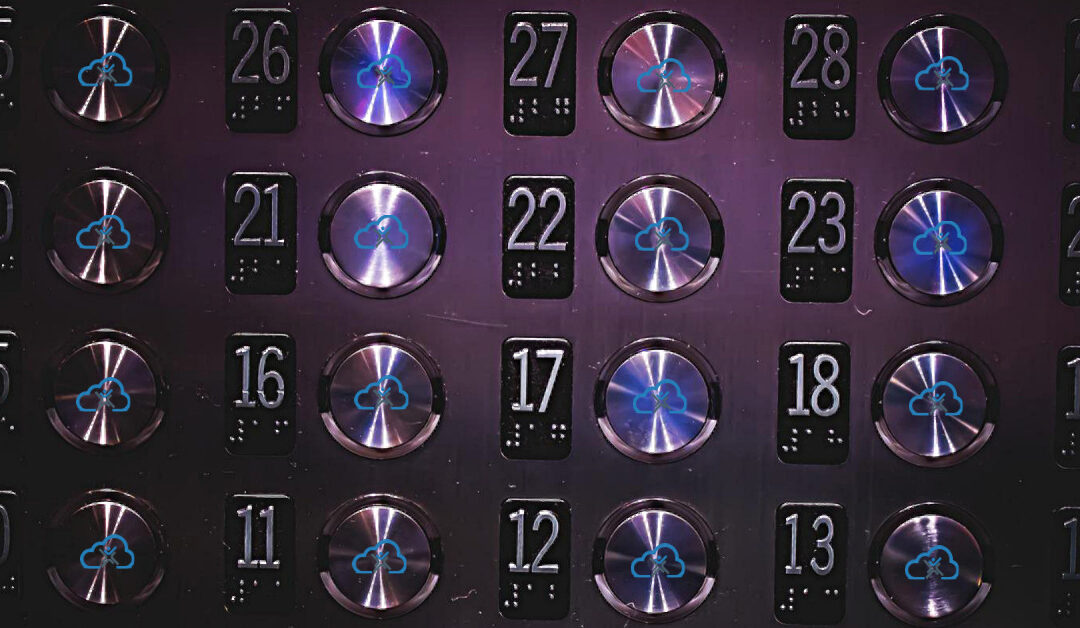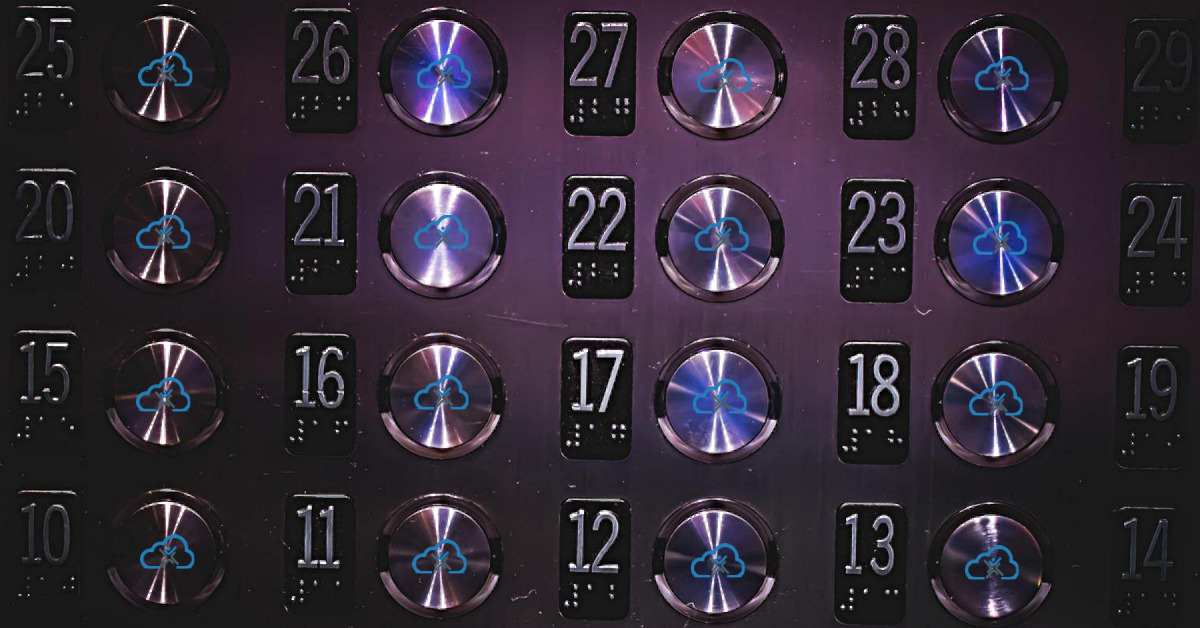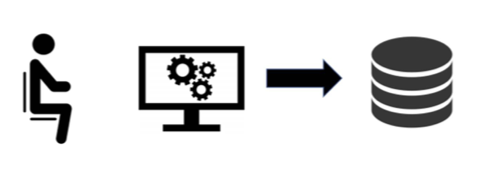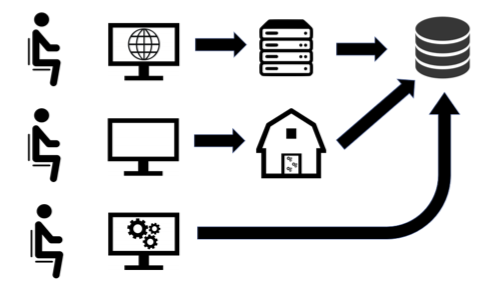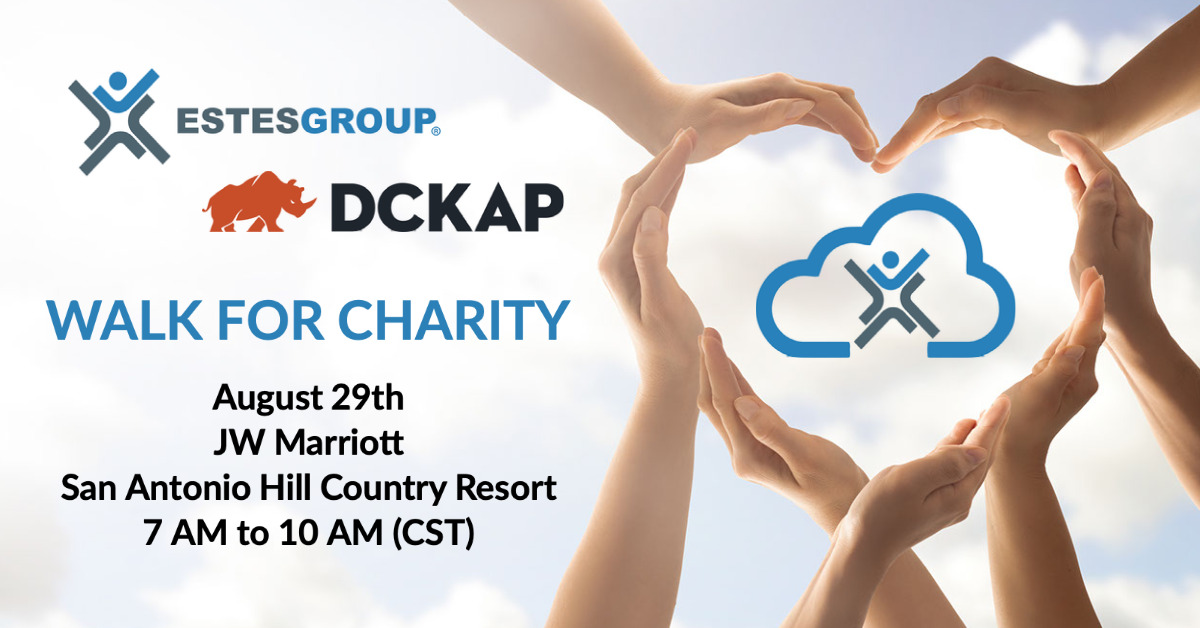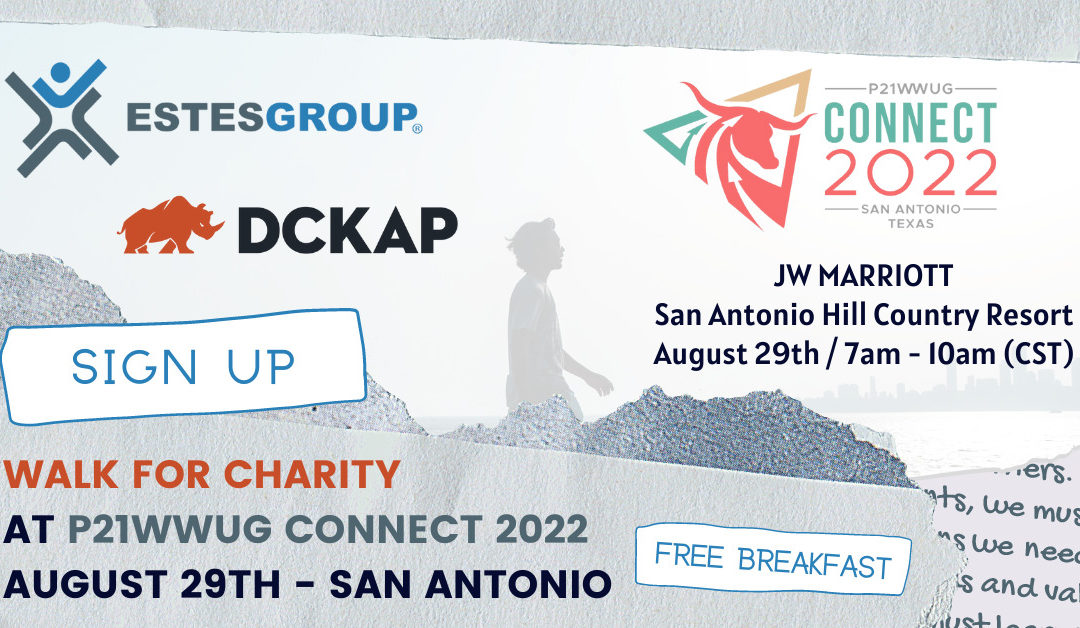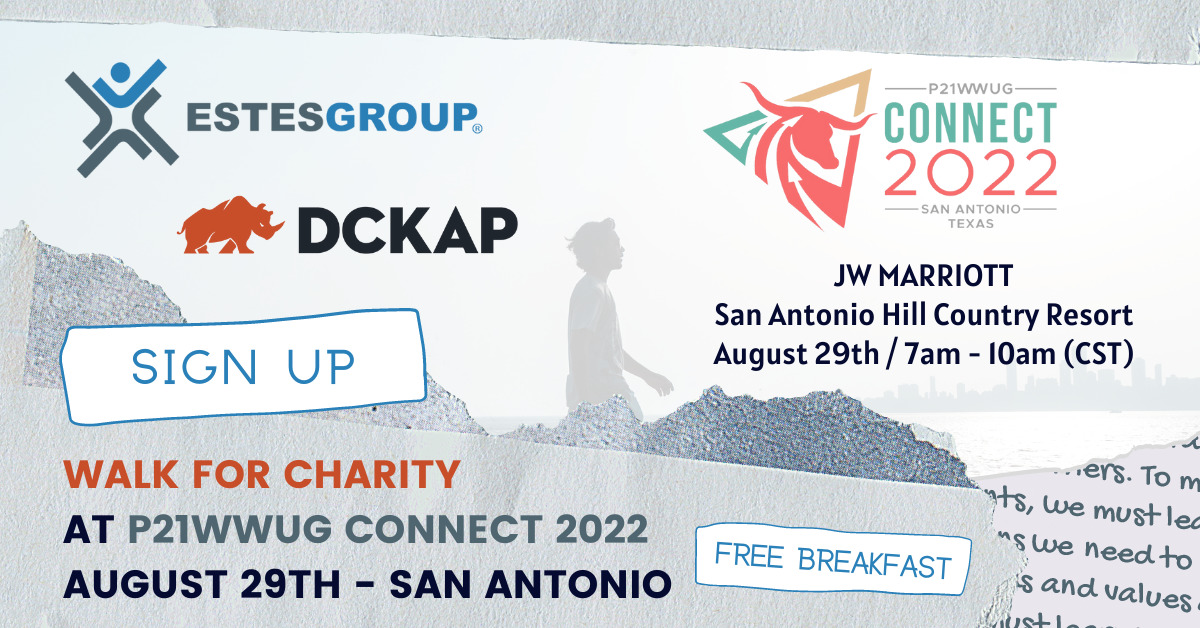
Recurrency: Sales & Purchasing Automation in P21

WEBINAR: Sales and Purchasing Automation in P21
Recurrency is the leading sales and purchasing automation platform for Prophet 21. At ESTES INTEGRATE 2022, Sam Oshay, Recurrency Founder & CEO, will discuss how distributors can leverage ERP automation to:
- Accelerate revenue growth and increase sales efficiency to industry leading levels
- Maximize the ROI invested into inventory
- Eliminate operational inefficiency in sales and purchasing teams
- Strengthen customer and employee experience
What You Will Learn
Attendees of this session will gather low-effort, high-impact strategies that help combat the challenges distributors face as a result of our inflationary climate and perpetual supply chain disruptions.
Sales and Purchasing Automation in P21
Recurrency @ ESTES INTEGRATE 2022
11AM to Noon, November 30, 2022
Why Recurrency?
Recurrency is a sales, pricing, and purchasing automation platform for distributors. Despite US distributors earning over $7 trillion in collective revenues, the legacy enterprise resource planning (ERP) systems that exist to help distributors manage their purchasing, inventory, sales, order processing, and accounting are decades behind. For the most part, ERP systems are painfully slow, difficult-to-use, and soul-crushingly manual.
Recurrency’s goal is to reverse ERP stagnation by building a streamlined and intelligent ERP Automation platform: blazingly fast and complete with powerful automation tools like sales intelligence, dynamic pricing, and demand forecasting. Using Recurrency can boost a distributor’s revenue and profit margins while reducing waste and saving time. Most importantly, Recurrency is fully-integrated with the customer’s legacy system, so deploying Recurrency in production can be done in as little as one day.
Meet Sam Oshay
Recurrency’s founder, Sam Oshay, grew up in a third-generation family distribution business where he saw first-hand how his family was locked-in to legacy systems that bottlenecked growth and operations.
Inspired by his experience and frustrated by incremental improvements to the status quo, Sam founded Recurrency to offer the solutions that his family distribution business was lacking. Sam and Recurrency are driven by the opportunity to create wildly successful customers – ones that are delighted by both our product and partnership – while making costly, time-consuming technology implementations a thing of the past.


Sam Oshay, Founder & CEO

